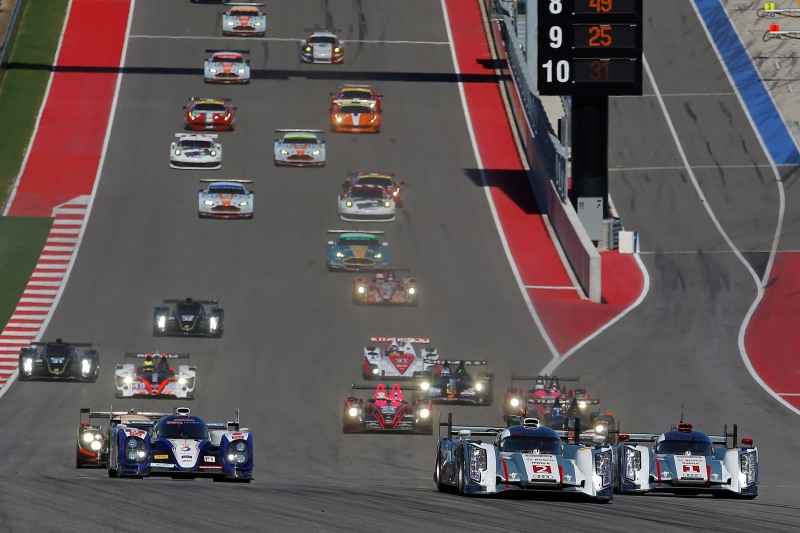By Carlo Platella
The FIA and ACO have published the updated Balance of Performance for the upcoming Lone Star Le Mans. The organisers have made important changes from the previous BoP of São Pauloa race characterized by Toyota’s solo performance, winning by a wide margin over Porsche and Ferrari. The corrections aim for greater balance than that seen in Brazil, a rare exception in a season where the three leading manufacturers have often played for victory on equal terms.
The BoP for Austin
After the ride in San Paolo, Toyota sees its maximum power reduced by 9 kW, also gaining 10 kg on the minimum weight, reaching 1065 kg. The weight-to-power ratio of the Japanese hypercars thus increases by 0.048 kg/kW, returning to being worse than Ferrari’s. On the other hand, for the GR010, the extra power that can be unleashed above 250 km/h increases, with a gain of 4.6% compared to the nominal power.
He doesn’t even smile Porschewhich loses 3 kW of maximum power, remaining 9 and 12 kW more powerful than the Ferrari and Toyota respectively. The minimum weight of the 963 increases by another 2 kg, with a consequent worsening of 0.016 kg/kW on the weight-to-power ratio. Also Ferrari is forced to give up 3 kW of maximum power, but above 250 km/h it enjoys a gain of 1.9%, against the 0.9% of Porsche. The 499P also lightens by 5 kg, with the increase in the weight-to-power ratio remaining contained at 0.003 kg/kW. The Prancing Horse therefore returns to being lighter but also more powerful than Toyota, with obviously a better weight-to-power ratio.
The withdrawal of Isotta Fraschini from the WEC gives the organizers more freedom to balance the remaining hypercars. It is now Lamborghini to travel at the BoP limit parameters, with a maximum power of 520 kW and a minimum weight of 1030 kg. Finally, it is worth mentioning the 14 kg less Peugeotwhose power-to-weight ratio improves by 0.024 kg/kW, and the weight saving of 7 kg for BMWwhose ratio drops by 0.018 kg/kW.
The track
The Austin track represents another semi-novelty for the WEC, with its return to the calendar from 2020. The teams thus find themselves without previous data, with the exception of the partial experience of those who raced there in Texas with an LMP1 prototype or an old GTE, such as Toyota, Porsche and Ferrari. A characteristic of the American track is the irregularity of the asphalt, with the many bumps and dips in the trajectory to put the hypercars’ suspension mechanics to the test, an area where Porsche has appeared less effective than its direct rivals for the title this year.

The Austin track is also one of the most varied in terms of type of curves, complicating the search for a balance without imbalances between the high and low speeds. In Texas, in fact, there are plenty of low-speed hairpins, which require incisive braking and traction on exit, as well as high-speed curves, such as the long snake in the first sector where a reactive car is needed in changes of direction. A mix that leaves one to expect another high degradation racein which the minimum weight imposed by the BoP will be a factor not to be overlooked.
#WEC #Austin #BoP #Ferrari #lighter #Toyota #heavier #powerful